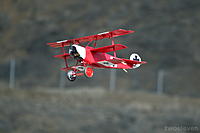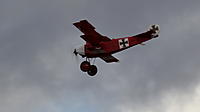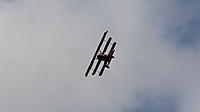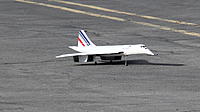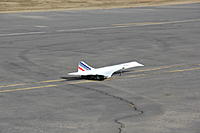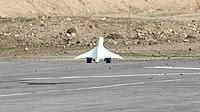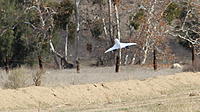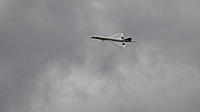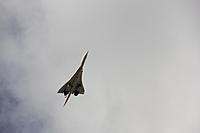Comments (0)
Add Comment
-
FMS 70mm 12b 2750Kv Outrunner 4S.pdf(307.4 KB)231 views
-
FMS 70mm 12B 1900Kv In.pdf(270.0 KB)236 views
-
FMS 70mm 12b V2 1850Kv In.pdf(558.3 KB)242 views
-
Fms 80mm 12b kv2000.pdf(780.9 KB)286 views
-
FMS 80mm 12b V2 2100Kv.pdf(311.8 KB)240 views
-
FMS 90mm 12b 1900Kv outrunner.pdf(589.9 KB)243 views
-
FMS 90mm 12 Blade 1950Kv EDF.pdf(516.7 KB)52 views
-
FMS 90mm 12b 1500Kv 8S.pdf(301.5 KB)188 views
Sticky:
Concorde twin 55mm EDF
Sticky:
Fliers in the team
-
 Views: 511
Views: 511
F117 pusher mod from 64mm EDF setup. Much faster and lighter. Mechanical retract for the main and electric nose retractable gear. Turnigy 3200kv, 4x4 APC, 3s or 4s 2200mah. In service since Fall 2011. Still flyable -
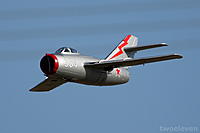 Views: 450
Views: 450
Exceed RC Mig-15, a little bouncy in landing but good flyer. She performs better than VF-86. Operational since early 2012. -
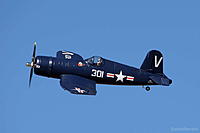 Views: 452
Views: 452
FMS Corsair. Fall 2013. Storage -
 Views: 462
Views: 462
Hobbylobby F-35 with Vector thrust. Mid 2013. Storage -
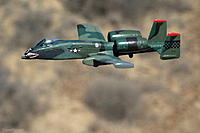 Views: 421
Views: 421
Dynam A-10, twin 64mm EDF on 3s or 4s. Good flyer >500 Watts. Operational since early 2011. RIP due to RX failure -
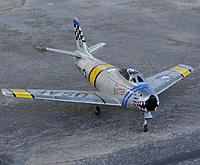 Views: 413
Views: 413
Venom F-86 Sabre. early 2012. -
 Views: 428
Views: 428
Phase 3 F-16, favorite jet. Efficient on 55mm EDF at 3s (~300 Watts). Operational since early 2011 until ESC failure crash. Second build pending -
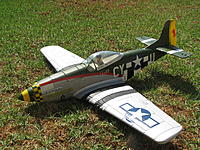 Views: 432
Views: 432
PZ P-51D. Unlimited vertical and >85mph. Favorite of all time. Operational since late 2010 until traded. Second unbuild kit in storage
-
 Views: 523
Views: 523
New Queen of the hangar. GWS 3900kv 55mm EDF at 4s. So far not quite enough power for performance. -
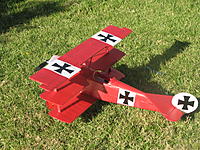 Views: 472
Views: 472
Ace of all aces. She is a real good performer. -
 Views: 523
Views: 523
B-52 pusher. Extensively carved and reglued from Airhog Titan glider. auw 19 oz. Powered by 4200kv inrunner with cutdown GWS 3024 prop. Max 200W. Cruise at 100W. Great slow flyer. -
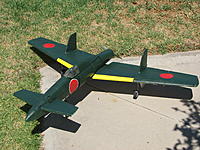 Views: 494
Views: 494
Semi scale J7W1 Shinden, a Japanese experimental interceptor (meant to shoot down US bombers like B-29 or B-17). Converted from Airhog Titan glider. -
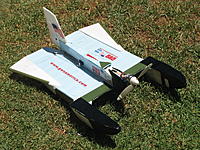 Views: 521
Views: 521
Updated layout for Hydroglider, hydrofoam, flying boat, you name it. Fun to fly and entertaining to the crowd. Starting from Airhog Stormlauncher's twin floats. -
 Views: 511
Views: 511
updated photo of A pusher F4E phantom. Starting from Airhog Titan foam glider. -
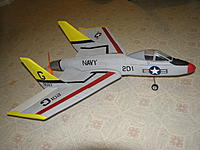 Views: 534
Views: 534
Semi scale F4U Cutlass ("Gutless" for not enough power and widowmaker). Mine has been flying fantastic, one of my favorite flyer. Starting from Airhog Titan foam glider ($10 from Target or Walmart) -
 Views: 512
Views: 512
F-84F thunderstreak. Retired but ready for airshow in ONE hour :). From AH Titan glider.
-
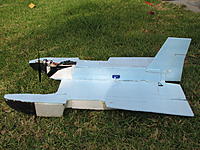 Views: 620
Views: 620
Motor is angled a little up and right to counteract the torque. This model flied great as you can see from the video, but turning left is much easier than to the right, perhaps because of the torque. -
 Views: 569
Views: 569
-
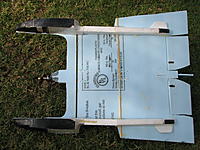 Views: 587
Views: 587
I used one CF tube and bamboo skewer (joined by aluminum tube) to reinforce the body. You can still see the original stormlauncher tail fins near the elevon. -
 Views: 546
Views: 546
Peek into the interior of the fuse, pretty pacted. A 2200mah 3s might be able to fit in if I switch to Towerpro 2409-12 motor (~300 W). -
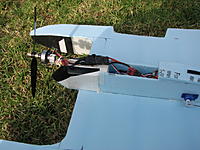 Views: 566
Views: 566
Motor stick mount is glued and supported/sandwiched by two foam blocks, then glued to the fuse. ESC was left out, just for convenience (of course good for cooling). -
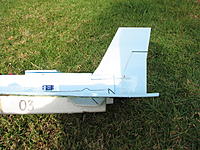 Views: 574
Views: 574
Add a little up elevon since this hydrofoam is essentially a flying wing configuration.
![Name: 20210906_194402[1].jpg
Views: 117
Size: 1.05 MB
Description: nacelles Name: 20210906_194402[1].jpg
Views: 117
Size: 1.05 MB
Description: nacelles](https://static.rcgroups.net/forums/attachments/2/9/9/9/0/3/t15337953-214-thumb-20210906_194402%5B1%5D.jpg?d=1631295020)
![Name: 20210906_194339[1].jpg
Views: 123
Size: 1.00 MB
Description: carbon tube along the fuse Name: 20210906_194339[1].jpg
Views: 123
Size: 1.00 MB
Description: carbon tube along the fuse](https://static.rcgroups.net/forums/attachments/2/9/9/9/0/3/t15337969-242-thumb-20210906_194339%5B1%5D.jpg?d=1631295125)
![Name: 20210906_194321[1].jpg
Views: 105
Size: 708.7 KB
Description: Top view. Front fuse might be removable for easier transportation Name: 20210906_194321[1].jpg
Views: 105
Size: 708.7 KB
Description: Top view. Front fuse might be removable for easier transportation](https://static.rcgroups.net/forums/attachments/2/9/9/9/0/3/t15338137-166-thumb-20210906_194321%5B1%5D.jpg?d=1631295218)



